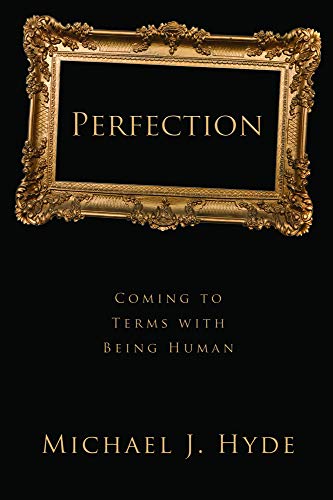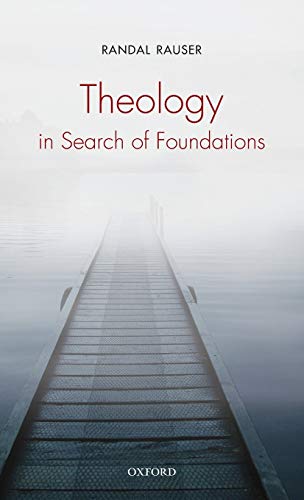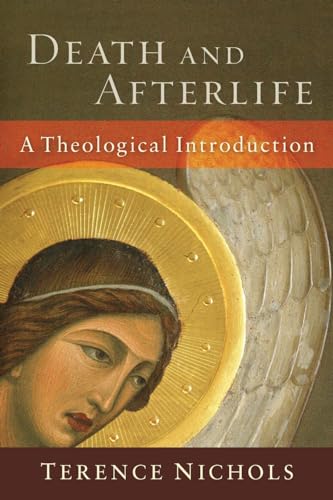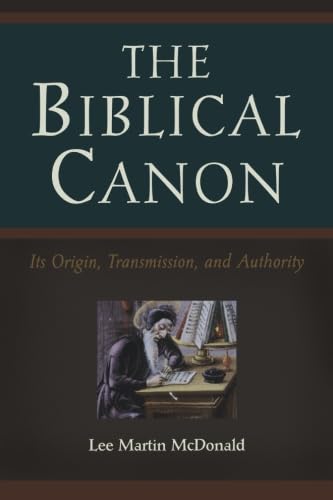Christian Responses to Roman Art and Architecture: The Second-Century Church amid the Spaces of Empire
Written by Laura Salah Nasrallah Reviewed By Joshua W. JippToo frequently early Christian literature is interpreted without reference to the contemporary material culture—the art, the architecture, and the space—which evoked a multitude of responses from these early Christians. The religious discourse of these Christians emerged not only in relation to literary texts but also in response to real, lived spaces. The spaces to which they responded were, of course, spaces of the Roman Empire and, therefore, were dominated by imperial rhetoric. These spaces of empire made visual claims in no uncertain terms regarding contested religious, cultural, ethnic, and philosophical matters. More particularly, the material culture evoked arguments over what constituted justice, piety, power, and culture. In this book, Nasrallah takes five second-century Christian texts (the Acts of the Apostles, Justin’s Apologies, Tatian’s To the Greeks, Athenagoras’s Embassy, and Clement’s Exhortation), demonstrates how their arguments respond to these spaces of Roman Empire, and explains their strategies for articulating Christianity’s peculiar identity within the Empire.
One of Nasrallah’s key themes is that these five early Christian authors, all of which texts that are in some way “apologetic,” participate in the religious and cultural wars of the second-century Empire (the period known as the Second Sophistic) even as they strongly criticize the Empire and its articulation of Greco-Roman paideia. In other words, these “apologetic” texts engage in larger religious and cultural conversations over such themes as what constitutes true piety, justice, and power. Texts addressed to emperors, such as Justin’s Apologies, fit the broader generic framework of ambassadorial requests (e.g. Philo’s Embassy to Gaius, Dio’s Kingship Orations). These early Christian petitions to the emperor function to include them within the cultural conversations of the Second Sophistic regarding what constitutes Roman piety, justice, and power. In each of her treatments of these early Christians texts, Nasrallah puts their arguments and textual strategies in conversation with archaeological remains from the Roman Empire. And in this instance she situates these apologetic texts (or ambassadorial petitions) in conversation with the ancient remains found in Olympia. In particular, Herodes’ Fountain of Regilla in Olympia makes its own set of claims: the family of Herodes is intimate with the imperial family, the imperial family is near-divine, and both families participate in Greek paideia. The claims that the structure makes are not unlike those of the early Christian apologists who claim that they represent Greek paideia and that they deserve from imperial power the benefits given to cultured elites.
Nasrallah argues that one of the goals of the Acts of the Apostles, which she assumes is a second-century document, is to find a space for the Christian movement within the Empire that combines the best of imperial ideology as well as Greek paideia. She asks the question of Acts: in light of imperial power and claims to rule the inhabited world, how did this Christian author imagine the space of the world? Nasrallah notes Paul’s extensive travels to significant Greek cities and the declamations he gives regarding how all ethnicities and peoples are subject to the one true God. Acts mimics here one of the strategies of the emperor Hadrian, who founded the Panhellenion (centered in Athens), which simultaneously bound these Greek cities together into something of a civic league as well as cemented their place within the Roman Empire. Nasrallah sees Acts’s depiction of Paul’s travels as mimicking Hadrian’s Panhellenion. Like Hadrian, so Paul travels the Mediterranean visiting significant Greek cities and producing its own “kind of Christian civic league” (p. 89) and thereby engages in producing Christianity’s own foundational myths. Paul gives speeches on matters of ethnicity and what constitutes true religion (e.g. Acts 14:8–19). Acts’s vision of the world is imperialistic in its own way as Paul claims that all ethnicities are God’s offspring and that his reign extends over the entire inhabited world (Acts 17:16–34). By imitating Hadrian’s well-known Panhellenion, Acts “creates a story of the origins of a Christian city league that might be comprehensible and attractive to Rome, and in its logic offers seeds for a Christian empire that resembles the Roman Empire” (p. 90).
One theme that runs through the entire book is early Christian responses to images and representations. Athenagoras’s Embassy, for example, claims that images and their veneration lead to crises of representation where correspondence between image (or name) and the essence of a thing breaks down. Christians are judged and condemned on the basis of their “name” while the essence of their identity is misunderstood, and the Roman Emperors who claim to be pious and philosophical fail to accurately represent and embody these names. Misrepresentations within the visual culture of the Empire contribute to this breakdown. Thus, the Emperor Commodus’ claim to be the so-called god Heracles who was immolated and whose death was mimicked by criminals is, Athenagoras argues, manifestly absurd. Heracles is nothing but a human who has been transformed into a deceptive daimon.
Tatian’s To the Greeks also criticizes representations of the gods, although he is more concerned with the ways in which images and statues communicate deceptive messages regarding power, sex, and ethics. These images distract from and corrupt piety. The very origin of images are mired in deception as they arose out of the emotions of desire, love, and longing for reunification with dead loved ones, estranged lovers, and absent kings. These statues, Tatian argues, are corrupting influences as they depict scenes of rape, valorize prostitutes, and memorialize the monstrous. The images do not lead the viewer to philosophical knowledge of God, nor do they produce self-control. They are the height of impious superstition. Finally, Nasrallah puts Clement of Alexandria in conversation with portraits and images of Aphrodite. Clement argues that depictions of the goddess produce lust and unfulfilled desire. Further, in conversation with Gen 1–2, Clement argues that humans themselves are images of God and that though most have failed to resemble God, Christ (the Logos) can restore humans into proper resemblance of God as they learn self-control and true piety—values that statues and images corrupt.
Nasrallah has produced an interesting and learned book. In every instance the material culture that she puts in conversation with these early Christian texts is illuminating and leads to a more robust understanding of their arguments and strategies. The book contains numerous illustrations and portraits of the statues and temples. She rightly emphasizes that the early Christian authors engaged in the cultural wars of the second century and used for their own ends many of the same argumentative and textual strategies in their attempt to articulate the early Christian movement’s place in the Empire. I did, however, wonder if at times she overestimates some of the similarities between the early Christians’ textual strategies and those of their pagan counterparts. In this regard her study would have benefited from engagement with C. Kavin Rowe’s World Upside Down: Reading Acts in the Graeco-Roman Age (Oxford: Oxford University Press, 2009), which emphasizes how Acts entirely destabilizes and de-legitimizes Greco-Roman culture. And I was surprised that she placed Acts as a second-century text without any argumentation for this contested decision. But this is a valuable book and will no doubt be of great help for students and scholars engaging in the study of second-century Christianity.
Joshua W. Jipp
Joshua W. Jipp
Trinity Evangelical Divinity School
Deerfield, Illinois, USA
Other Articles in this Issue
Most of our readers are theological students and pastors...
The Dazzling Darkness of God’s Triune Love: Introducing Evangelicals to the Theology of Hans Urs von Balthasar
by Stephen M. GarrettJürgen Moltmann observes that Christian theology and the Church face “a double crisis: the crisis of relevance and the crisis of identity...
Plots, Themes, and Responsibilities: The Search for a Center of Biblical Theology Reexamined
by Daniel J. BrendselIn the prolegomena to his “approach to biblical theology,” Charles H...
Since the mid-twentieth century biblical scholars have increasingly accepted that the texts of the Bible must be interpreted in terms of their literary genres...
The present age tends to regard polemics, theological controversies, and all-round doctrinal fisticuffs as, at best, a necessary evil, at worst, one of the most revolting aspects of Christianity...







